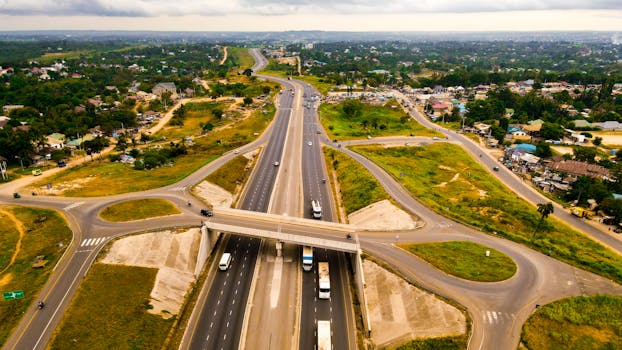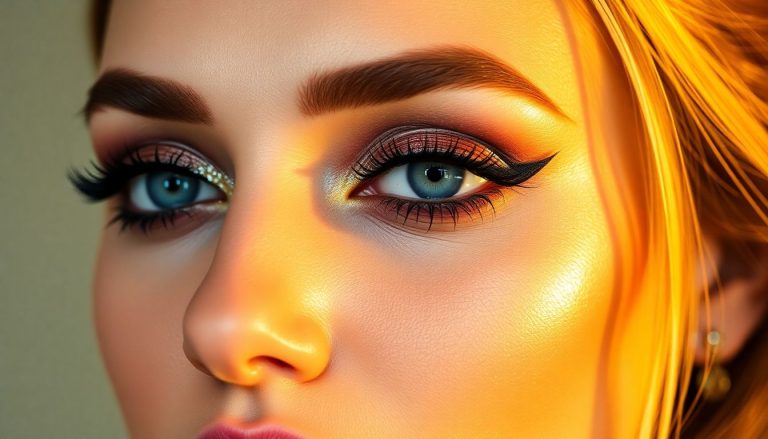Takeaways
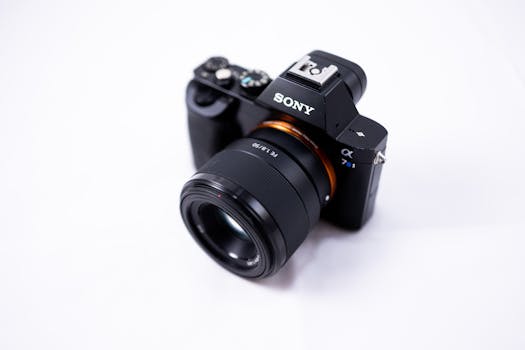
Introduction to the Digital Camera Market in 2023

Top Digital Cameras of 2023
1. Canon EOS R6 Mark II
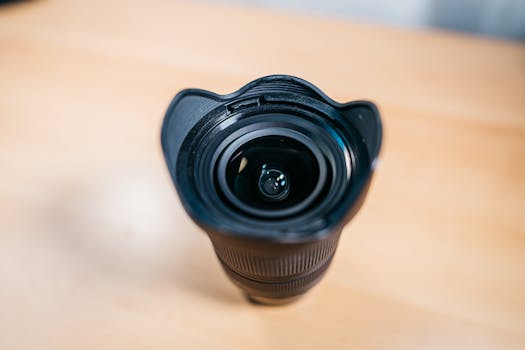
2. Sony A7 IV
The Sony A7 IV has taken the market by storm with its 33MP full-frame sensor, offering exceptional detail and dynamic range. The camera supports 10-bit 4:2:2 video recording, making it a favorite among videographers. Additionally, its dual card slots and improved battery life make it a reliable choice for long shooting sessions. The A7 IV’s real-time eye autofocus is a game-changer for portrait photographers, ensuring sharp focus on the subject’s eyes.
3. Nikon Z9
Nikon’s flagship mirrorless camera, the Z9, boasts a 45.7MP full-frame sensor and can shoot at an astonishing 20 fps in RAW format. This camera is designed for professionals who demand speed and reliability. The Z9 features a robust weather-sealed body, making it suitable for outdoor photography in challenging conditions. With its advanced video capabilities, including 8K recording, the Z9 is an all-in-one solution for photographers and videographers alike.
4. Fujifilm X-T5
The Fujifilm X-T5 is a compact APS-C camera that offers a unique film simulation feature, allowing photographers to achieve various looks straight out of the camera. With a 40MP sensor and impressive color reproduction, the X-T5 is perfect for street and landscape photography. Its lightweight design and intuitive controls make it user-friendly, appealing to enthusiasts and professionals who appreciate a retro aesthetic.
5. Panasonic Lumix GH6
The Panasonic Lumix GH6 is a powerhouse for videographers, featuring a Micro Four Thirds sensor capable of recording 4:2:2 10-bit video in 4K at up to 60fps. With its advanced stabilization features and extensive lens compatibility, the GH6 is ideal for those who want a versatile camera for both photography and videography. The camera’s robust build quality ensures it can withstand the rigors of professional use.
Key Features to Consider When Buying a Digital Camera
1. Sensor Size and Resolution

2. Autofocus System
A fast and accurate autofocus system is essential for capturing sharp images, especially of moving subjects. Look for cameras with advanced autofocus features, such as face and eye detection, which can significantly enhance your shooting experience. Many modern cameras now offer real-time tracking, making it easier to capture fleeting moments.
3. Video Capabilities
With the rise of video content creation, many photographers are looking for cameras that can also shoot high-quality video. Consider cameras that offer 4K or even 8K recording, as well as features like slow motion, high frame rate options, and advanced color profiles. Ensure that the camera has good audio input options if you plan to do video work.
4. Connectivity Options
In today’s digital age, connectivity features such as Wi-Fi and Bluetooth are crucial for transferring images and controlling the camera remotely. These features allow for easy sharing on social media and quick backups of your important shots. Some cameras also offer app integration for enhanced functionality.
5. Lens Compatibility
The availability of lenses for your camera system is a significant consideration. Make sure the camera you choose has access to a wide range of lenses, including prime and zoom options that suit your photography style. Check if the manufacturer offers any adapters for using lenses from other brands.
The Future of Digital Cameras: Trends and Innovations
1. Artificial Intelligence in Photography
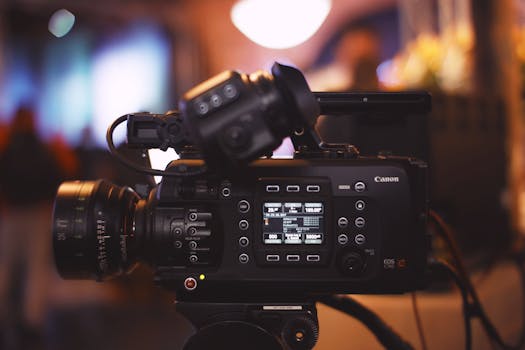
2. Compact and Lightweight Designs
As travel photography continues to grow in popularity, manufacturers are focusing on creating lightweight and compact cameras without compromising on performance. This trend allows photographers to carry their gear easily, making spontaneous photography opportunities more achievable.
3. Sustainable Photography
With environmental concerns on the rise, camera manufacturers are exploring sustainable practices in their production processes. From using recycled materials to implementing energy-efficient technologies, the future of digital cameras may also include a focus on reducing the ecological footprint.
4. Enhanced Connectivity and Cloud Integration
The integration of cloud services into digital cameras allows for seamless backup and sharing of images. Future cameras may come with built-in cloud storage options, making it easier for photographers to manage their portfolios and collaborate with others in real-time.
5. Continued Evolution of Mirrorless Technology
Mirrorless cameras are expected to continue their dominance in the market due to their compact size and advanced features. With ongoing improvements in battery life and autofocus systems, these cameras are becoming increasingly appealing to both amateurs and professionals.
Conclusion

FAQs
1. What is the best digital camera for beginners?
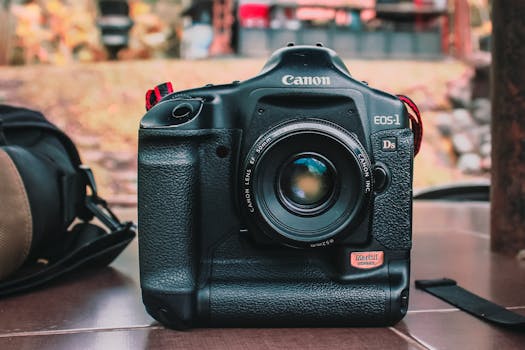
2. Are mirrorless cameras better than DSLRs?
Mirrorless cameras offer several advantages, including lighter weight and faster shooting speeds. However, DSLRs still have a robust lens selection and better battery life. The choice often depends on personal preference and specific needs.
3. How do I choose the right lens for my camera?
Consider your photography style. For landscapes, a wide-angle lens is ideal, while portraits benefit from a prime lens with a wide aperture. Research compatible lenses for your camera model for the best results.
4. What features should I prioritize in a digital camera?
Key features to prioritize include sensor size, autofocus capabilities, video quality, and connectivity options. Your specific needs will dictate which features are most important.
5. How much should I expect to spend on a good digital camera?
Prices vary widely, but a decent entry-level camera can start around $500, while professional models can exceed $2000. Determine your budget and research options within that range.

